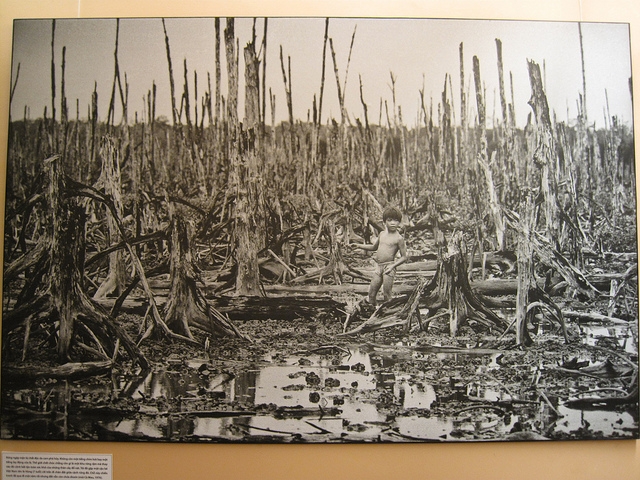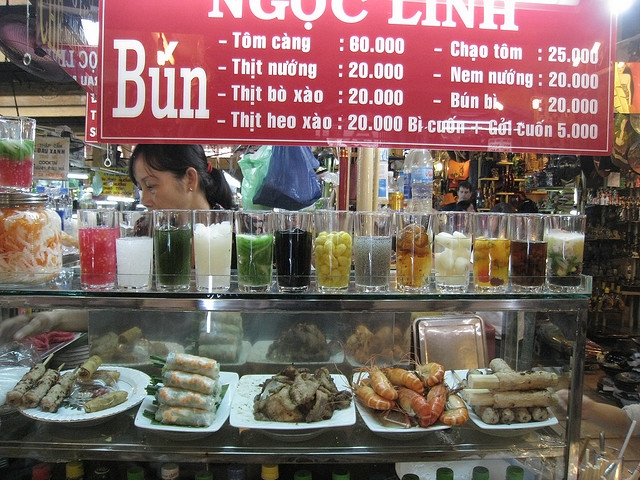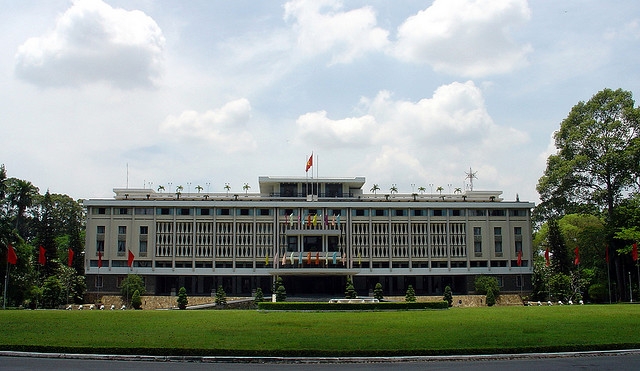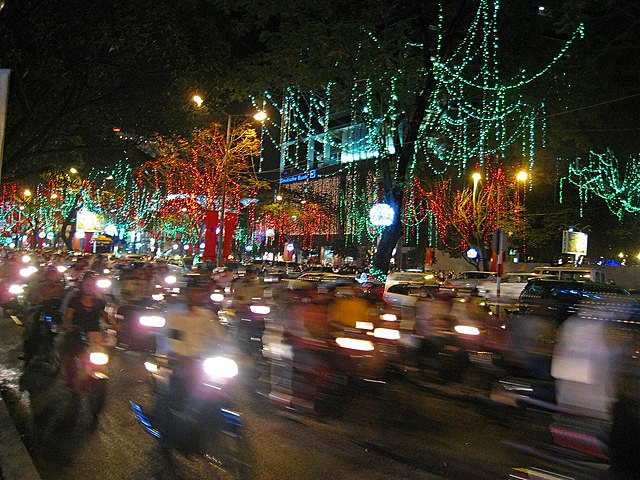
Why go
Lying in the south of Vietnam, close to the Mekong Delta, Ho Chi Minh City conjures up many different images to the western traveler – unfortunately, not all of them are good. Still commonly known as Saigon to most locals, this was the last major city to fall to the North Vietnamese during the long, drawn-out war that dominated the American political and cultural landscape throughout the 60s and 70s. A lot has changed in Ho Chi Minh City, and Vietnam as a whole, since then. HCMC is now a cosmopolitan, international city, with a lot to offer the international traveler. There are incredible examples of French colonial architecture, mixed with traditional Buddhist temples and pagodas. With a population of around 6 million, and around 3 million motorcycles, just crossing the street is an adventure in itself. This is definitely not a destination for those looking for a relaxing getaway; however, if it’s a fast-paced, exciting city break you desire, you will not leave Ho Chi Minh City feeling disappointed.
Insider Tips
-
If you are looking to save some money when arriving at the airport, bypass the taxi rank and head for the local bus stand. A taxi into town will set you back about $10-12. Furthermore, taxi drivers are often paid a commission by local hotels and may try to force you to stay in a certain place. Just across from the taxi rank, you can catch the local, air-conditioned bus for 4000 dong (about 25 cents!) This will drop you in Pham Ngu Lao. Keep a close eye on street names so you know where to get off. You can try asking the conductor or driver for help, but it’s doubtful they’ll speak enough English to understand you.
-
When traveling around Ho Chi Minh City (HCMC), ignore the many and frequent requests to ride in a Cyclo (a bicycle with a two person bench attached to the front). Although this may seem like a decadent and romantic way to see the city, the reality is far different. They crawl through the traffic at snail’s pace and, again, the drivers may not necessarily take you where you want to go. If you’re feeling adventurous try a motorcycle taxi (you will be on the back and may or may not have a helmet) or, more sensibly, a taxi. These are actually about as good value if there are two or more in your party.
-
Unlike in many other major cities in Asia, it is difficult to find fluent English speakers in HCMC. Furthermore, for foreigners unused to the language's tonality, the pronunciation of Vietnamese seems to follow no known rules. On numerous occasions we were unable to make ourselves understood to taxi drivers. It’s a good idea to pick up a card from your hotel and have it ready to show your driver, or point to attractions in a guide book if you are asking for directions.
-
Think very carefully before ordering food at a local restaurant that does not have a menu printed in English. We thought we were being clever by learning the Vietnamese word for chicken. I then pointed to a dish under the chicken section on a menu at a small local establishment – imagine my surprise when my lunch of fried chicken feet arrived! Needless to say, I stuck to the tourist area after that. It should also be noted that the Vietnamese occasionally eat dog meat. For me – and probably most western tourists – this would be far worse than eating chicken feet.
Where to stay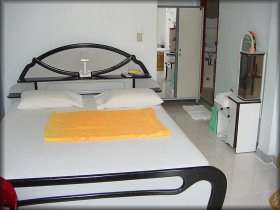
The Quyen Thanh Hotel is situated in the heart of the city’s main backpacker area, Pham Ngu Lao, putting you right in the center of the action. This has its pros and cons. On the plus side, you can walk out the front door and have your choice of hundreds of small restaurants, cafes and bars. There are also a number of small travel agents, which are useful for arranging excursions and onward travel. These normally double as Internet Cafes, which soon become a lifeline for calling and emailing home. On the down side, those same bars, restaurants and cafes stay open well into the wee hours of the morning, and your sleep may be disrupted. There’s also a fair amount of traffic on the road outside the hotel, but this is the case at most hotels in HCMC.
The rooms are nicely situated off a wrap-around balcony with great views of the surrounding neighborhood. The bathrooms were unusual and dated and there was a strange mural above the bed. We also could not have our TV and fridge plugged in at the same time without blowing a fuse! Despite this, the Quyen Thanh had a certain amount of charm and we were not too disappointed with our stay there. The rooms were reasonable value at around $15 per night. Breakfast was not included, but we were able to stumble out of the hotel in the morning and find delicious Vietnamese coffee and pastries within a block.
What to eat
We didn’t expect to find good Indian food in Vietnam, but were pleasantly surprised to stumble across Akbar Ali (240 D Bui Vien), a small restaurant down an alleyway in the Pham Ngu Lao district. Apparently there is a small but thriving Indian community in HCMC, and many of them descend on Akbar Ali’s for a taste of home. The restaurant is very small so you should expect a wait. It is sparsely decorated with formica tables and a few pictures. They were seating couples at the same table when we were there, so the restaurant should be avoided if you are seeking an intimate dining experience. The food, however, is the star attraction here, with delicious samosas, pakora and curries served up at very reasonable prices. We paid less than $10 for the two of us, including drinks.
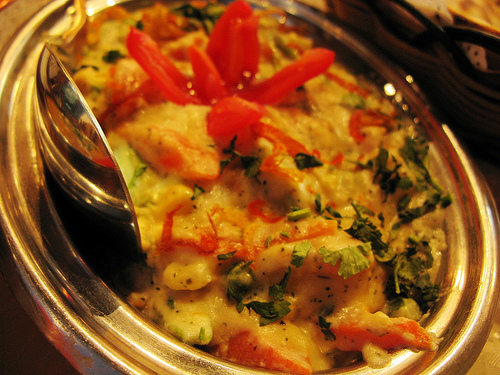
Eden (185/22 D De Tham) is really more of a bar/nightclub, but they serve surprisingly good food. The chocolate and banana pancakes (made with real melted chocolate) are to die for. We had these for breakfast more than once! They also have a good selection of traditional Vietnamese main courses – the seafood was particularly good. They have obviously put some effort into the décor, with a large wooden bar and red lanterns strung throughout. The service was also good for Vietnam. There are good drinks specials, a pool table, a dance floor and a DJ who appears later in the evening – so there’s enough here to keep you entertained from morning until night.

Pho 24 is actually a Vietnamese fast food chain. There’s something quite comforting about finding McDonalds style service and efficiency in a bustling Asian city. However, in my opinion, the food is vastly superior to that served up at McDonalds. As the name suggests, their specialty is “Pho” – a rice/noodle soup, served with a choice of meat, seafood or vegetables. The prices are reasonable and service is fast and efficient. The atmosphere is nothing special, but it is clean and comfortable. It’s a good option if you are feeling hungry and don’t want to spend a long time trying to find the perfect place to eat.
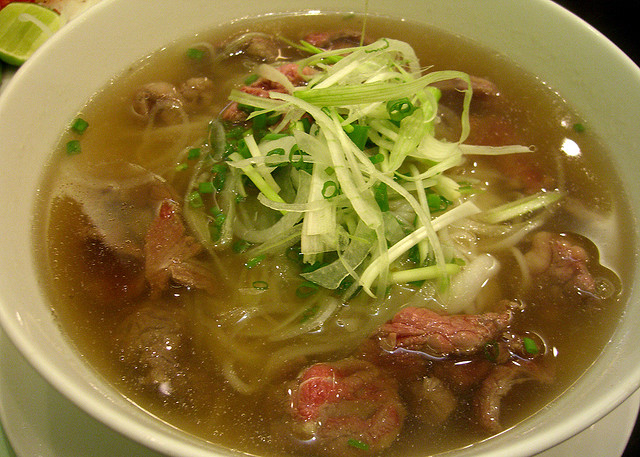
What to see
The War Remnants Museum (28 D Vo Van Tan) provides a detailed chronology of the war with the United States from 1964-75. The combination of pictures, first hand accounts and military artifacts make for a powerful and compelling narrative. As an American visitor, it was difficult not to feel slightly uncomfortable with the images of the atrocities carried out during the war. It should be noted, however, that we were not made to feel unwelcome here, or at any other location, during our visit to Vietnam. Having said that, I do feel the museum presents a fairly biased and one-sided view of history. There was no mention of the many atrocities carried out by the North Vietnamese against their own people. It’s at times like these when you remember that Vietnam is still a communist country, and the people do not enjoy the same freedoms of speech and information that we are used to in the west. Despite this, the museum is still definitely worth a visit.
If the War Remnants Museum is one of the best known museums in HCMC, the Museum of Vietnamese Traditional Medicine (41 D Hoang Du Khong St.) is one of the most obscure–so much so that our taxi driver had a hard time finding the place. The museum covers five stories of an architecturally stunning, traditional Vietnamese house. An English speaking guide is included in the admission price. Our guide was very knowledgeable and spoke excellent English. We seemed to have the entire place to ourselves when we visited so we really got an in-depth tour. The exhibits trace the history of traditional, herbal medicine in Vietnam form the 2nd century to the present day. Even if you don’t think you are interested in herbal medicine, you will definitely learn something about the nature of rural life in Vietnam throughout the ages. We even got the chance to dress in traditional clothing and use some of the herb grinding tools! This was slightly bizarre, but a memorable experience nonetheless. There’s also a small gift shop where you can pick up tea or herbs to cure any ailments you may have. The museum is good value at around $3 per person.
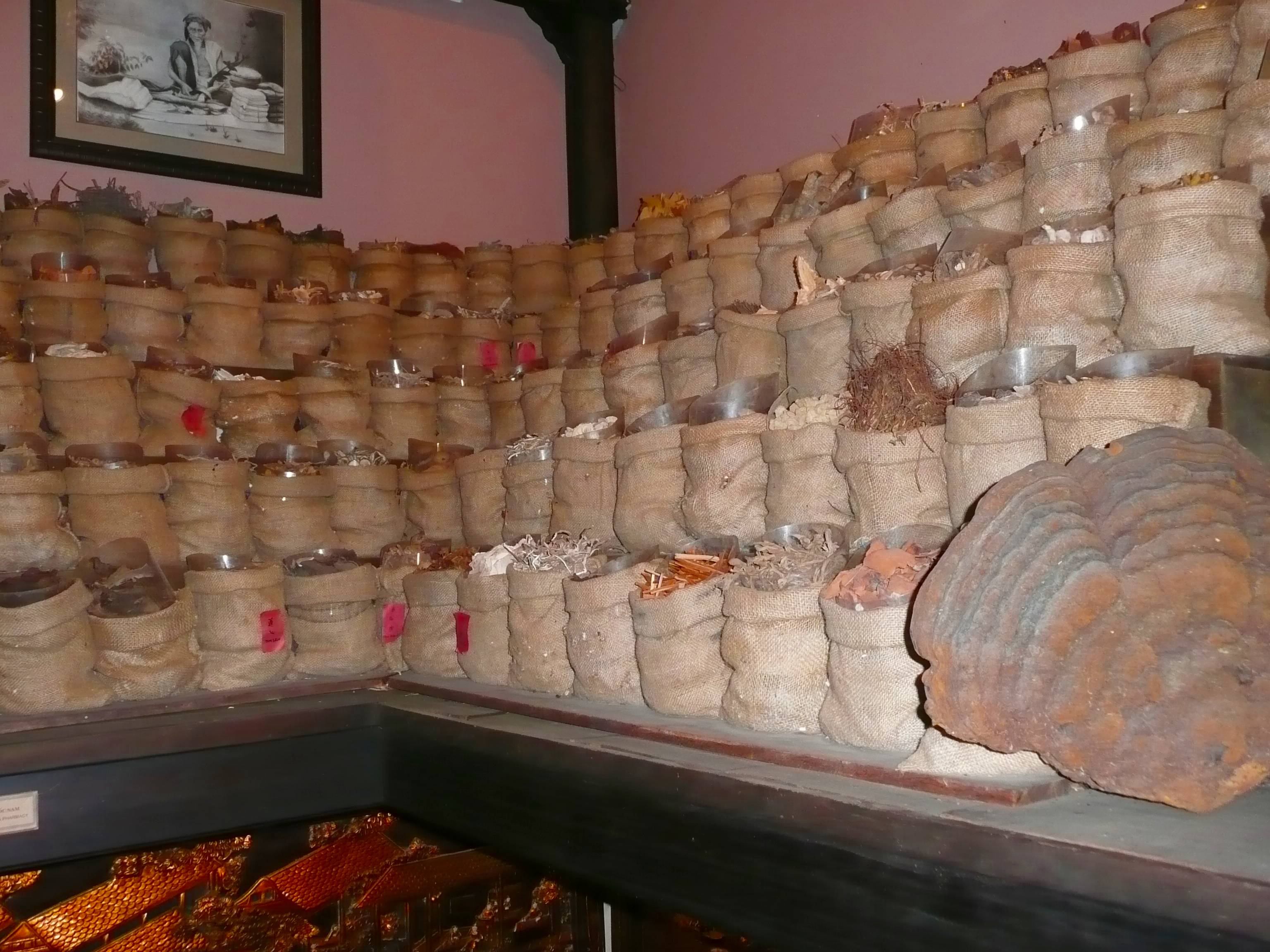
The Ben Thanh Market (Cho Ben Thanh) is the biggest of several markets around the city. It’s conveniently located on a huge traffic circle within walking distance of the Pham Ngu Lao area. You can pick up almost anything here – there’s a wide selection of exotic fruits and vegetables; various kinds of fresh and dried meats and seafood; and stalls of designer name clothing and shoes (although I’m not sure how genuine these are). The market seems to be mobbed day and night with locals and tourists. It’s probably a good idea to keep a close eye on your belongings as there could be pick-pockets amongst the crowds. It’s a fun place to visit even if you’re not planning on buying anything.
The Reunification Palace is where a communist tank crashed through the gate on 30 April 1975, signaling the fall of Saigon and the official end of the Vietnam War. Even though it was built in 1966 as South Vietnam’s presidential palace, this vast, imposing edifice seems to fit in well with the surrounding colonial architecture. The well manicured gardens in front of the palace are nice for a stroll on a hot afternoon. We did not actually go inside, but apparently there are tours and English speaking guides available. It is worth a stop for a photo opportunity if nothing else.
You could be forgiven for thinking you had wandered into a European capital city when you come across Notre Dame Cathedral (D Han Thuyen). The French colonial influence is clearly in evidence here, with huge spires dominating the surrounding buildings. It’s set in a picturesque square containing small sidewalk cafes and pastry shops.
Finally, if you happen to be in Ho Chi Minh or another Vietnamese city for Tết, the Vietnamese New Year, which is at the same time as the Chinese New Year, be sure to do as the Vietnamese and stock up on necessities before it as most shops close for Tet. Similar to Chinese New Year, there are dragon dances, parades, elaborate decorations, and amazing firework displays.
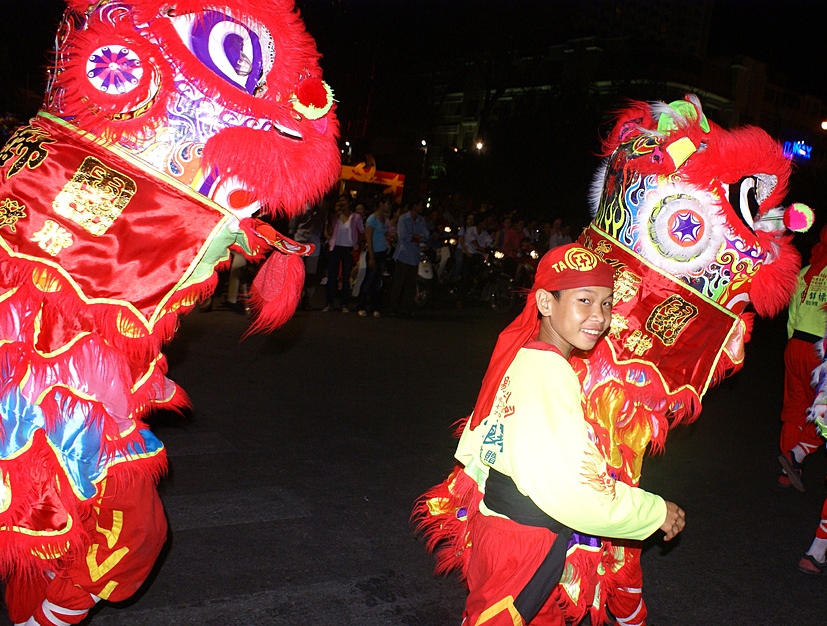
Photos: saragoldsmith, Quyen Thanh, David Cook, felixtriller, Eustquio Santimano, yeowatzup, alex.ch
